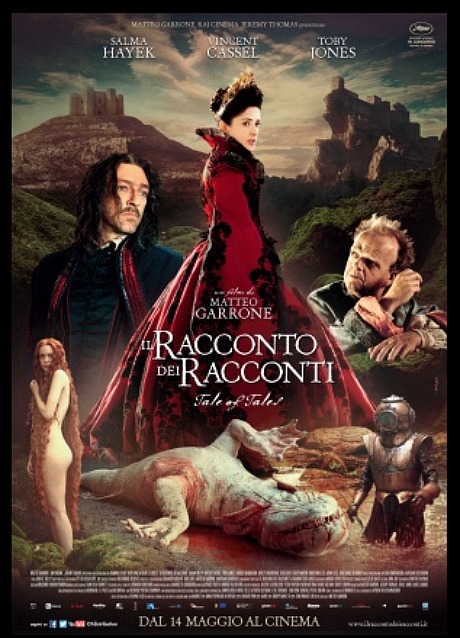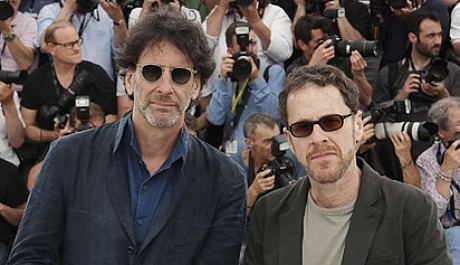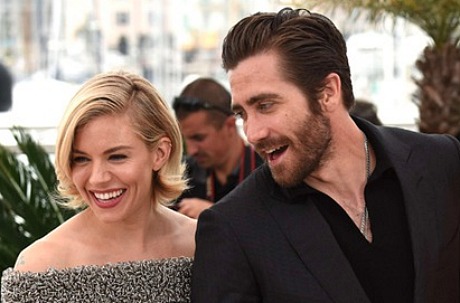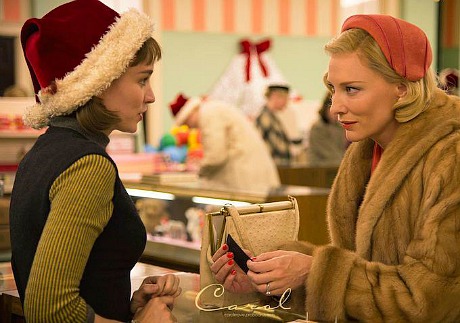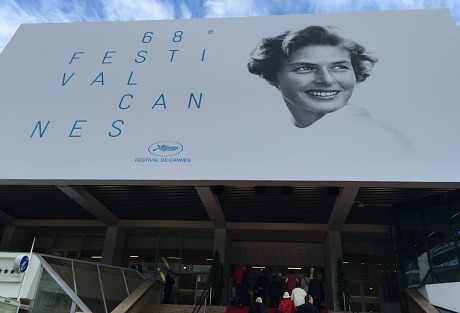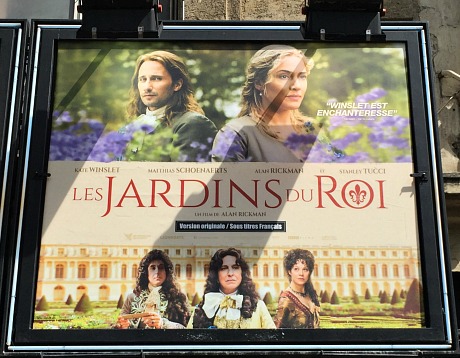I’ve more or less said it already: George Miller‘s Mad Max: Fury Road (Warner Bros., 5.15) is one of the finest action films ever made — phenomenal, triple-A, pulse-pounding, perfectly performed by a live-wire cast topped by Tom Hardy and Charlize Theron, occasionally hilarious and superbly cut, timed, captured and choreographed…a grand slam if there ever was one for this type of thing. And what would that be? Call it an apocalyptic chase thriller with heart and humanity (underneath the rubber and fire and flying bodies it’s about wounded characters rediscovering their compassion and trust). And it’s extra special, I feel, because of the respect and allegiance it shows for women as leaders, fighters, nurturers, survivors. Without taking anything away from Hardy, who brings the legendary Max Rockatansky to life just as winningly as young Mel Gibson did 30-plus years ago, Fury Road is very much a woman’s action film, and all the richer for that.
I saw this epochal film for the second time this morning and was studying Miller’s schemes (visual, structural, thematic) all the more closely this time. It’s just brilliant, dawg — almost too much to fully appreciate in a single setting.
A few weeks ago the deranged Vin Diesel declared that Furious 7 is Best Picture material; Fury Road actually is that. Fury Road so puts Furious 7 to shame that if director James Wan is any kind of man he’ll collapse in sobs after seeing it and do the usual-usual (put on a fishing hat and dark shades, drive out to Palm Springs and register in a nondescript hotel under a fake name for the next three or four weeks). Miller has probably forgotten more than Wan knows about how to make a great action film.
And yet a fair-sized portion of those who worshipped Furious 7 are reportedly hesitant or undecided about seeing Fury Road. You can lead a horse to water…
This is one of the most visually striking action flicks I’ve ever seen. Each and every shot is exquisitely balanced and radiantly artful in a way that Vittorio Storaro will probably appreciate more than most, as Fury Road uses a deliciously robust (some would say intense) color scheme. Many of the all-desert, all-the-time images (particularly the nocturnally-tinted blues) reminded me of Storaro’s work on The Sheltering Sky (’90). The great John Seale definitely earns consideration for a Best Cinematography Oscar. Each and every shot has been painted by a master.

